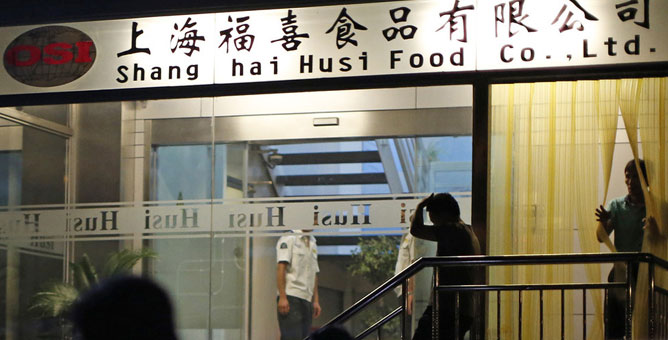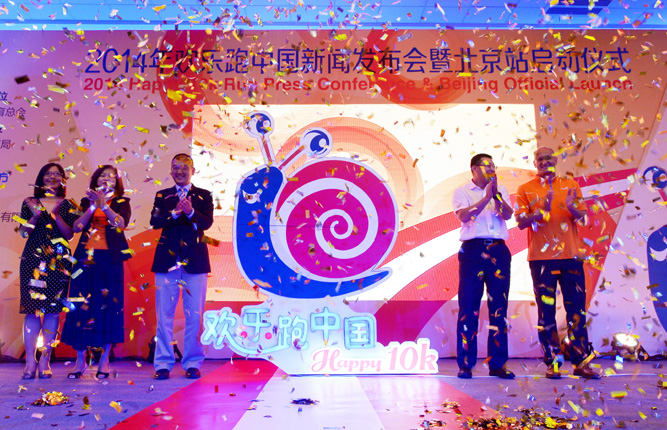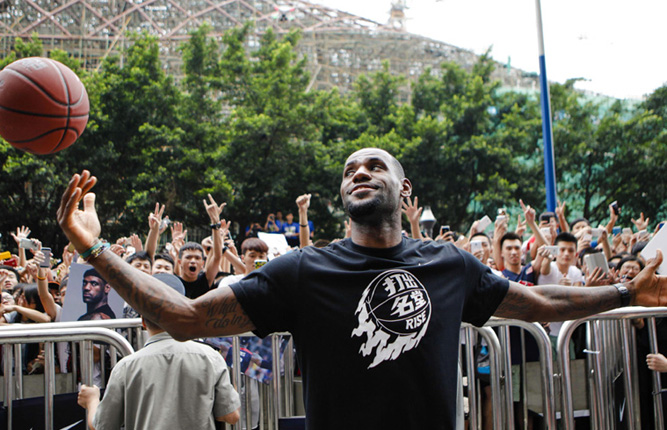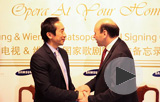Europe map dotted with Huawei R&D
By Fu Jing ( China Daily Europe ) Updated: 2014-07-25 06:12:52Horizon is a financial instrument implementing the Innovation Union, a Europe 2020 flagship initiative aimed at securing Europe's global competitiveness, with the backing of Europe's leaders.
In February last year, Huawei also joined Metis, the European research consortium of 29 partner firms including telecom equipment manufacturers, operators, academic institutions and the automotive industry.
Metis stands for "Mobile and wireless communications enablers for the 2020 information society" and was launched in November 2012.
The consortium aims to develop system concepts and technology components that can efficiently handle the rapid increase in wireless data traffic, particularly in terms of energy consumption, spectrum use, and cost.
Huawei ranked 11th among applicants at the European Patent Office; of 266,000 filings last year, 1,077 were from the company.
Huawei had been granted a total of 7,300 patents in European countries by December 2013.
Xu, the marketing executive, says the Silk Road connected these two great civilizations more than 2,000 years ago, and now China and Europe are embracing a new era of global innovation, powered by far-reaching connectivity.
With its world-leading ecosystem, top quality talent and strong R&D capabilities, Xu says Europe has become an innovation powerhouse.
"That's why Huawei continues to increase its investment in Europe and has joint innovation with European partners," he says.
A typical example of that came recently with the announcement it had made its first equity investment in a British technology company as it looks to boost its consumer business by tapping into the market potential of the Internet of Things, said analysts. The Internet of Things refers to the interconnection of embedded computing-like devices within the existing Internet structure.
It has joined with Robert Bosch Venture Capital GmbH of Germany and Xilinx Inc from the United States to invest a total of $26.2 million into XMOS Ltd, a Bristol-based semiconductor company.
Huawei will be one of the three strategic investors, all of which gain minority stakes.
The Chinese company said at the end of last year that it planned to invest $200 million on a new R&D center in Britain.
It is working closely with BT Group, the UK's dominant telecom player, to expand the national broadband network that currently covers 15 million UK households.
Xu boasts that Huawei has always taken the lead in customer-driven innovation in cities across the continent. For example, it has participated in microwave development in Milan in Italy, home to the world's most complete microwave technology industry value chain.
Tong says Huawei is also a driving force behind the Chinese government's "863 program," or State High-Tech Development Plan, which is designed to stimulate the development of advanced technology in a wide range of fields in the country.
Significantly, Huawei has already included the Swedish telecoms giant Ericsson in its research activities.
"This is a breakthrough, as China had never had a foreign company involved in government-sponsored technology research before," adds Tong.
Still, there is potential for much more R&D growth in the future as the company is nowhere near the abilities its financial success would allow.
Ren, the Huawei CEO, is turning 70 years old in October, and says Huawei's innovation strategy has so far touched just a tiny part of what he hopes to achieve.
He launched Huawei in 1987 with an investment of less than $3,000. He said it will achieve sustainable growth in 2014 after posting a 19 percent jump in first-half revenues to 135.8 billion yuan ($21.88 billion).
The Shenzhen-based company also said it expected to generate an operating margin of 18.3 percent in the first six months of the year.
With his company reaching $40 billion in sales in 2013 and aiming to climb to $70 billion in 2018, Ren added that Huawei was still only willing to allow its research staff to focus on its core areas of business, arguing that "blind innovation would simply disperse our investment and energy".
But Ren suggested in its 2013 annual report that spending on R&D was still only the size of "the tip of a needle"compared to other majors in the market.
Meng Jing contributed to this story.
fujing@chinadaily.com.cn
|
|
|
|
|
|
|
|
European Weekly
 We will not give up search, Li vows
We will not give up search, Li vows
International hunt for missing airliner continues after fruitless six-day search






















